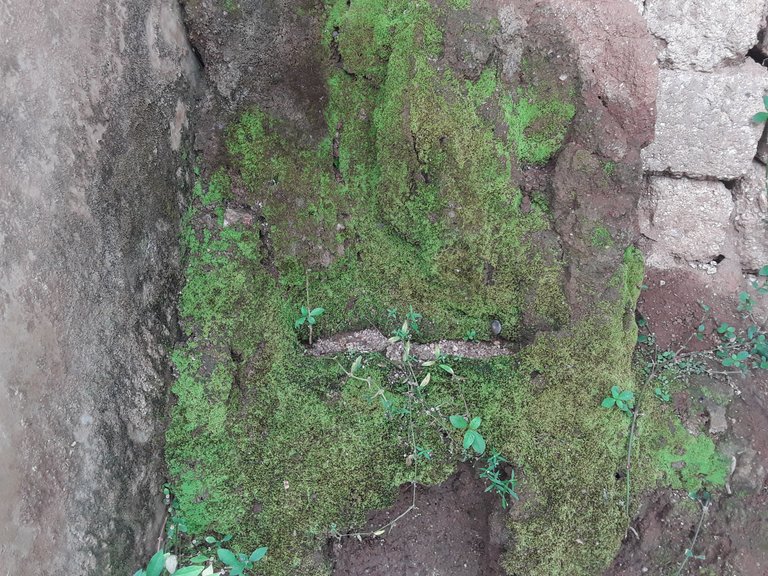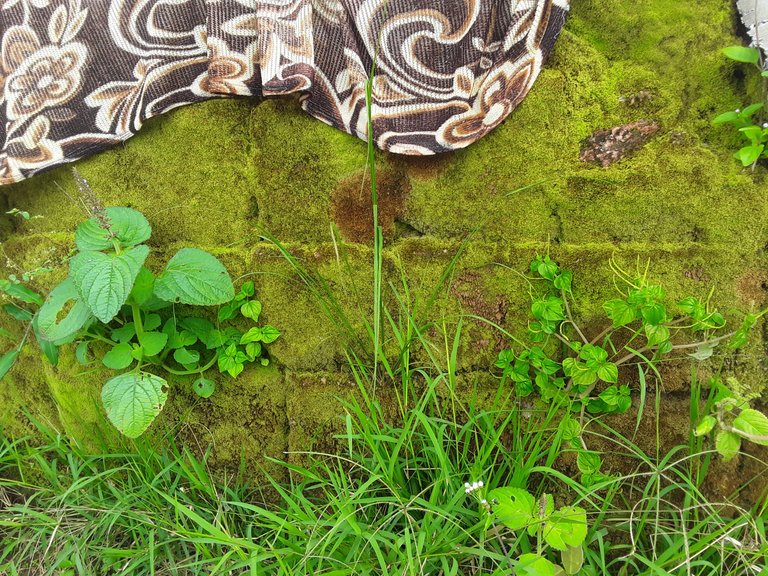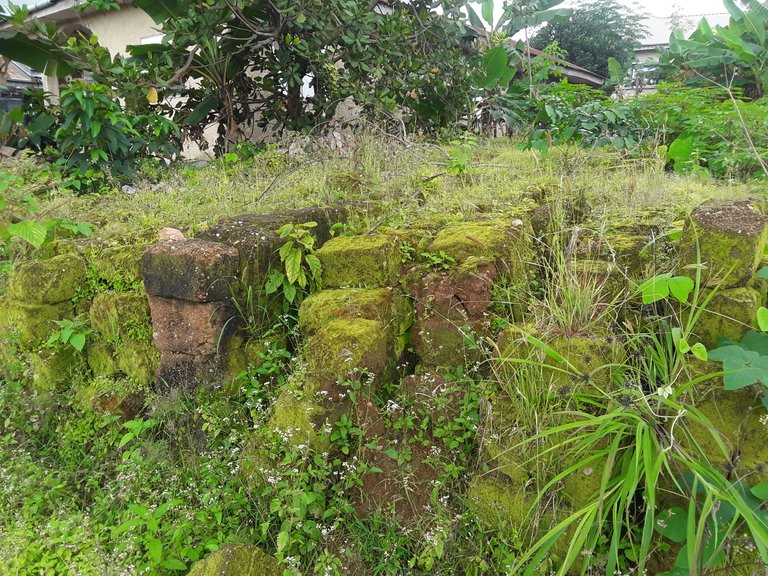In ecology, succession is defined as the steady but gradual changes to the community of plants and animals in an ecosystem. These changes keep occurring until a point where a relatively stable community is reached. This stable community is referred to as the climax community.
What it means is that in every ecosystem that is yet to reach a climax, the plant and animal community are in a constant process of being replaced or succeeded by another community of organisms entirely.

There are two types of ecological succession, namely;
- Primary succession
- Secondary succession
Primary succession occurs in an area that has never harbored any living organism before. The area could be newly built by deposition or exposed by weathering or other natural processes or anthropological activities.
In primary succession, the first set of species of organisms to colonize the bare surface are referred to as pioneer species. In every ecosystem, producers form the basis of the food chain. Thus, pioneer species are organisms that are capable of manufacturing their own foods via photosynthesis.
Organisms that are capable of photosynthesizing belong to the plant kingdom. However, not all plants can be pioneer species. This is because most newly exposed areas have limited nutrients and other abiotic conditions may be inadequate.

Thus, plants that are able to tolerate relatively harsh environmental conditions constitute pioneer species. favourite among them are lichens. While they cannot be referred to as plants per see, they have the ability to photosynthesize as a result of the algal component. Lichen is composite organism consisting of fungi and algae.
Once the pioneer organisms colonize a new area, they modify the environment through their activities and with time, they get replaced by another set of organisms that are better adapted to the environment. This successive replacement continues until a stable climax community is reached.

Secondary successions are unlike primary successions. They do not start from scratch. Instead, this kind of succession is one that takes place in an environment that is being occupied by a community of plants and or animals. A major disturbance disrupts the original successional process. Thus, secondary succession takes over.

Do you know what a climax community looks like? A good one would be a natural undisturbed forest. Unless a major disturbance occurs, the community of plant and animals do not change significantly.
Thus, a typical successional stage that starts from a pioneer species will be:
lichen ---> bryophytes ---> grasses ---> herbs ---> shrubs ---> trees.
Thank you for reading.
